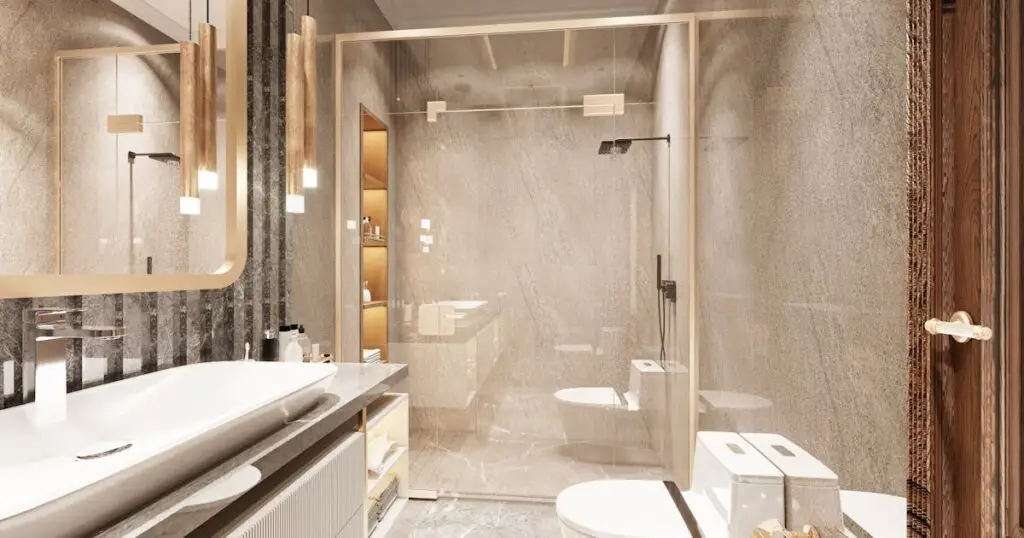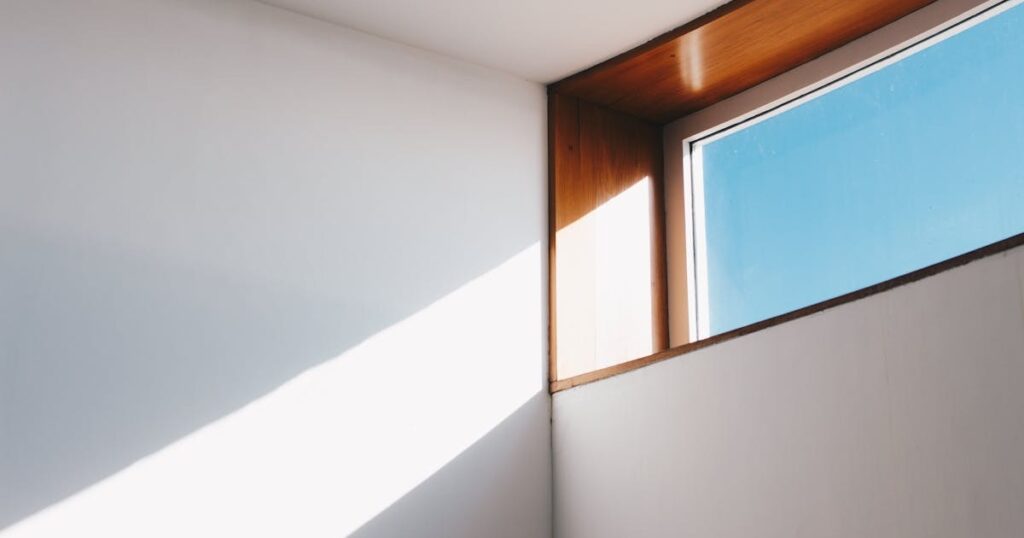Key Takeaway: Biophilic interior design seamlessly blends nature with our living spaces, inspired by ancient Greek principles, Frank Lloyd Wright's innovations, and offering numerous health benefits, making it a holistic approach to enhancing well-being and connection to the natural world.

Biophilic interior design is a concept that incorporates elements of nature into the built environment, creating spaces that connect people with the natural world. This approach to design has gained popularity in recent years as people become more aware of the importance of our relationship with nature and its impact on our well-being.
As humans, we have an intrinsic need to be connected to nature. Our ancestors lived in harmony with their surroundings and this connection played a crucial role in their daily lives. However, as we moved towards urbanization and modernization, this connection was lost.
Biophilic interior design aims to bring back that connection by using natural elements, patterns, and materials in the design of our homes, workplaces, and public spaces.
Understanding Biophilic Interior Design
Biophilic interior design is rooted in the principle that nature has a positive effect on our mental and physical well-being. The incorporation of natural elements such as plants, water features, natural light, and views of nature into our living spaces can have a profound impact on our mood, productivity, and overall health.
This approach to design also takes into consideration the use of sustainable materials and practices to minimize the impact on the environment. By blurring the boundaries between indoor and outdoor spaces, biophilic design creates a sense of harmony and balance within our built environment.
Ancient Greek Influence on Biophilic Design
The concept of biophilia, or the love of nature, can be traced back to ancient Greece. The Greek philosopher Aristotle believed that humans have an innate affinity for nature and that its beauty and complexity provide inspiration for art and architecture.
This influence can be seen in the use of natural materials such as stone, wood, and marble in ancient Greek buildings. The incorporation of natural light through skylights and open courtyards also played a significant role in creating a connection to nature within the built environment.
Frank Lloyd Wright’s Contribution to Nature-Inspired Design
American architect Frank Lloyd Wright is known for his innovative approach to architecture, which often incorporated elements of nature. He believed that buildings should be designed in harmony with their surroundings, and this can be seen in his use of natural materials, open floor plans, and large windows to bring the outside in.
Wright also recognized the importance of natural light and its effect on our well-being. His famous quote “study nature, love nature, stay close to nature. It will never fail you.” speaks volumes about his belief in the power of biophilic design.
The Health Benefits of Biophilic Interior Design
Studies have shown that incorporating elements of nature into interior design has numerous health benefits. Exposure to natural light has been linked to increased productivity, improved mood, and better sleep patterns. Being surrounded by plants can also reduce stress levels and improve air quality.

In addition, biophilic design can also have a positive impact on our physical health. Incorporating natural materials such as wood and stone can create a more calming and relaxing environment, which can aid in reducing blood pressure and heart rate.
FAQs
What is the difference between biophilic interior design and traditional interior design?
Biophilic interior design focuses on creating a connection to nature within the built environment, while traditional interior design focuses more on aesthetics and functionality.
Can biophilic design be incorporated into any type of space?
Yes, biophilic design can be used in residential and commercial spaces, as well as public spaces such as schools, hospitals, and offices.
Is biophilic interior design expensive?
It depends on the specific elements used and the scope of the project. However, incorporating natural elements can often save money in the long run by reducing energy costs and improving overall well-being.
Conclusion: What is Biophilic Interior Design?
Incorporating elements of nature into our living spaces not only creates a more visually appealing environment but also has numerous health benefits. Biophilic interior design allows us to reconnect with nature in our modern world and create spaces that promote wellness and sustainability.
From ancient Greek architecture to modern-day innovations, the influence of biophilic design continues to shape our built environment for the better. Consider incorporating biophilic design principles into your own space and experience the positive effects on your well-being.
So, it’s time to bring some greenery and natural elements into your living spaces and reap the benefits of biophilic interior design. Remember, nature is not just a luxury; it’s a necessity for our overall health and happiness.


Leave a Comment
You must be logged in to post a comment.